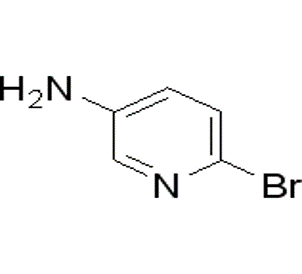3 5-bis(trifluoromethyl)benzoyl chloride(CAS# 785-56-8)
| Hazard Symbols | C – Corrosive |
| Risk Codes | R34 – Causes burns R37 – Irritating to the respiratory system R36 – Irritating to the eyes |
| Safety Description | S26 – In case of contact with eyes, rinse immediately with plenty of water and seek medical advice. S36/37/39 – Wear suitable protective clothing, gloves and eye/face protection. S45 – In case of accident or if you feel unwell, seek medical advice immediately (show the label whenever possible.) S27 – Take off immediately all contaminated clothing. |
| UN IDs | UN 3265 8/PG 2 |
| WGK Germany | 3 |
| FLUKA BRAND F CODES | 10-19-21 |
| HS Code | 29163990 |
| Hazard Note | Corrosive |
| Hazard Class | 8 |
| Packing Group | II |
Introduction
3,5-Bistrifluoromethylbenzoyl chloride. The following is an introduction to its properties, uses, manufacturing methods and safety information:
1. Nature:
- Appearance: 3,5-Bis-trifluoromethylbenzoyl chloride is a colorless to pale yellow liquid.
- Solubility: It is soluble in many organic solvents such as chloroform, toluene, and methylene chloride.
2. Usage:
- 3,5-Bis-trifluoromethylbenzoyl chloride can be used as an important reagent in organic synthesis for the introduction of trifluoromethyl in chemical reactions.
- It can also be used as a coordination ligand and catalyst.
3. Method:
- The preparation of 3,5-bistrifluoromethylbenzoyl chloride is usually obtained by reacting benzoyl chloride with trifluoromethanol under appropriate conditions.
4. Safety Information:
- 3,5-Bis-trifluoromethylbenzoyl chloride is a harsh chemical that needs to be handled with care.
- When using or storing, avoid contact with skin, eyes, and mucous membranes. In case of contact, immediately rinse the affected area with plenty of water and seek medical assistance.
- During operation, maintain good ventilation conditions and use appropriate personal protective equipment such as protective eyewear, protective gloves and work clothes.
- During handling and storage, contact with combustibles should be avoided for fire and explosion.
- Read and follow relevant safety information and operating procedures before use.








